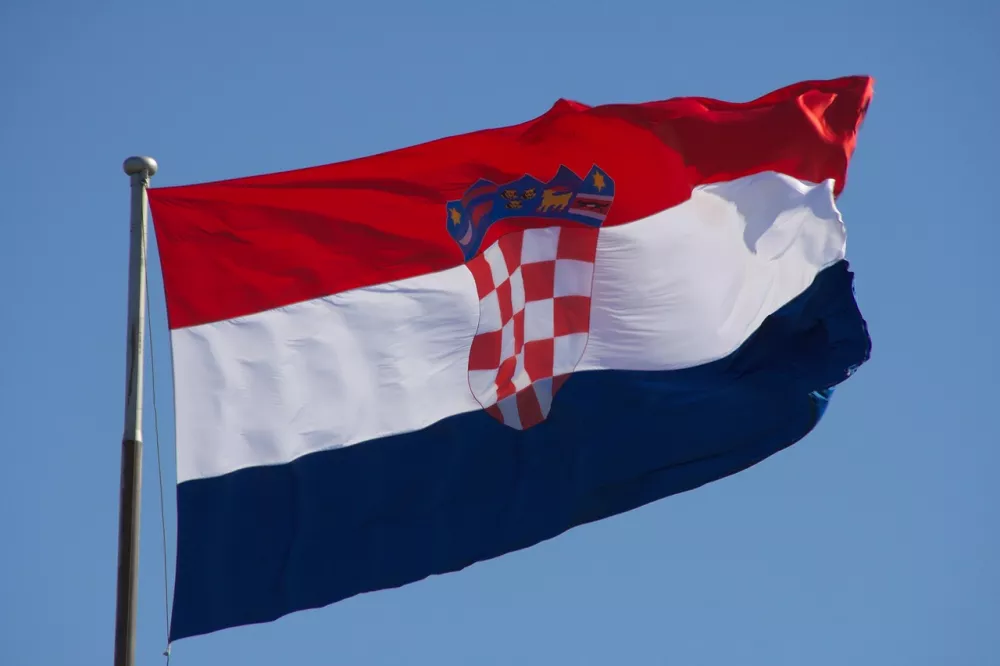Croatia guide 
Pebble beaches, hundreds of beautiful islands, beautiful historic towns or the amazing nature of the Plitvice Lakes - what should you choose to visit in Croatia? I prefer everything :) On our website you can read more information about each destination so that you can choose the best holiday according to your preference.
Zagreb - The capital of Croatia, an elegant metropolis with a rich history that combines a Central European atmosphere with a modern style. It offers magnificent monuments, such as the Cathedral of the Assumption of the Virgin Mary and the Upper Town, along with bustling markets, such as the famous Dolac.
Split - The second largest city in Croatia, known for its ancient Diocletian's Palace, which forms the heart of the historic center. This coastal city also offers beautiful beaches, a lively waterfront promenade and a unique combination of history and Mediterranean life.
Dubrovnik - The "Pearl of the Adriatic", a famous historic city surrounded by massive walls, offering breathtaking views of the sea. Its ancient streets, fortresses and monuments, such as Stradun or Lovrijenac Fortress, attract visitors from all over the world.
Croatian Islands - Over a thousand islands, known for their picturesque beaches, crystal clear waters and rich history. The most famous include Hvar with its lively nightlife, Brač with its Zlatni Rat beach and Korčula, home to medieval architecture and winemaking traditions.
Makarska Riviera - A picturesque stretch of the Croatian Adriatic coast, known for its long pebble beaches, turquoise waters and the imposing Biokovo mountain range in the background. This area offers lively resorts such as Makarska and quieter towns such as Brela and Baška Voda, ideal for both family and active holidays.
Plitvice Lakes - A breathtaking national park in Croatia, made up of cascading lakes, waterfalls and a rich flora and fauna. Thanks to their unique natural beauty and clear water, they have been inscribed on the UNESCO World Heritage List.
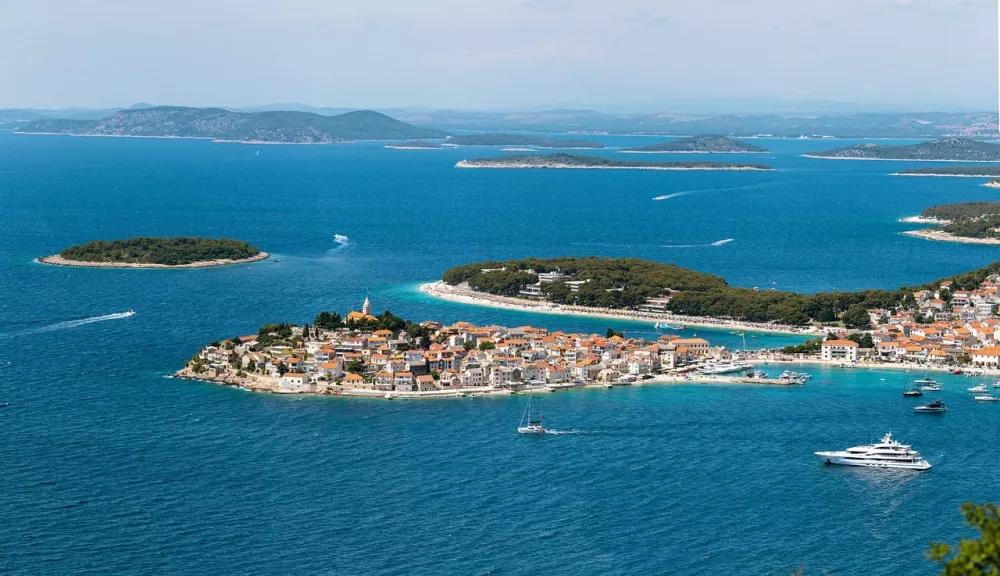
Croatia is located on the border of Central and Southeastern Europe. It stretches along the eastern coast of the Adriatic Sea for about 56,000 km². Almost 4 million inhabitants live here. You can find the capital Zagreb in the north of the country near the border with Slovenia. Since 2013, Croatia has been part of the European Union, and from 2023, euros are used here. Croatian is spoken here.
Croatia's rich and diverse history is reflected in its culture and heritage. Each region has its own unique musical styles and traditional instruments, such as the tamburica or klapa. Croatian traditional culture also includes beautiful folk arts and crafts, such as bobbin lace, ceramics and embroidery. These traditional techniques are often passed down from generation to generation and can be seen at local markets and specialty shops.
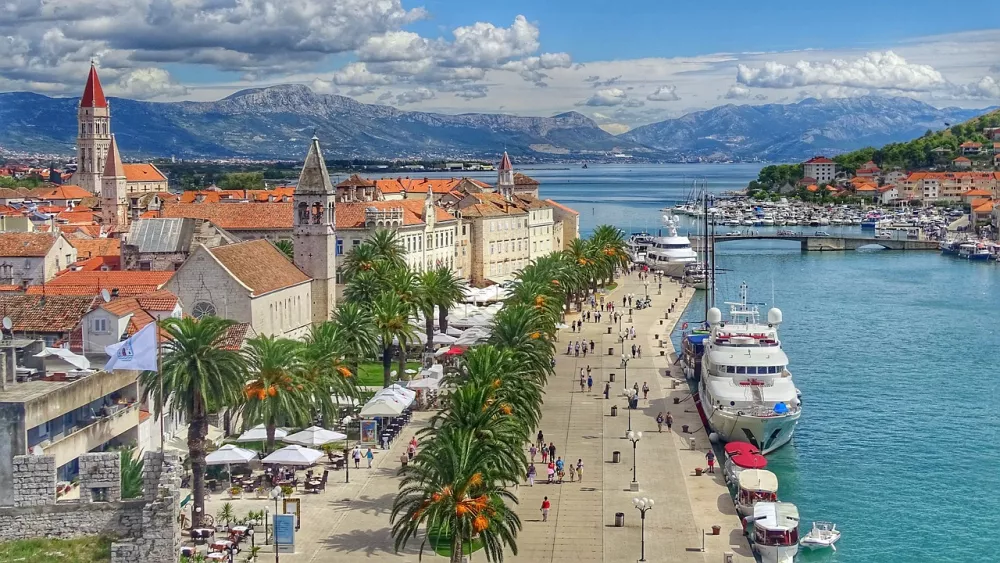
Since the 1st century BC, Croatia belonged to the Roman Empire. During the Roman era, important colonies were established, such as Pula and Split, where today you can find the remains of Diocletian's Palace.
After the fall of the Roman Empire, Slavic tribes entered the area. The Croats established their own principality here, later a kingdom. The Kingdom of Croatia was united with the Kingdom of Hungary in a personal union in 1102, with Croatia retaining some autonomy.
Since the 16th century, Croatia was threatened by the Ottoman Empire, which occupied a large part of the Balkans. For defense, Croatia allied itself with the Habsburg Monarchy.
In the 19th century, Croatia became part of the Austro-Hungarian monarchy. After World War I and the collapse of Austria-Hungary, Croatia joined the newly formed Kingdom of Serbs, Croats and Slovenes, later known as Yugoslavia.
After World War II, Croatia became part of the communist Federal People's Republic of Yugoslavia under the leadership of Josip Broz Tito. In 1991, after the breakup of Yugoslavia, Croatia declared independence, leading to the Croatian War of Independence, which lasted until 1995. After the end of the war, the country began to rebuild rapidly and move towards European integration.
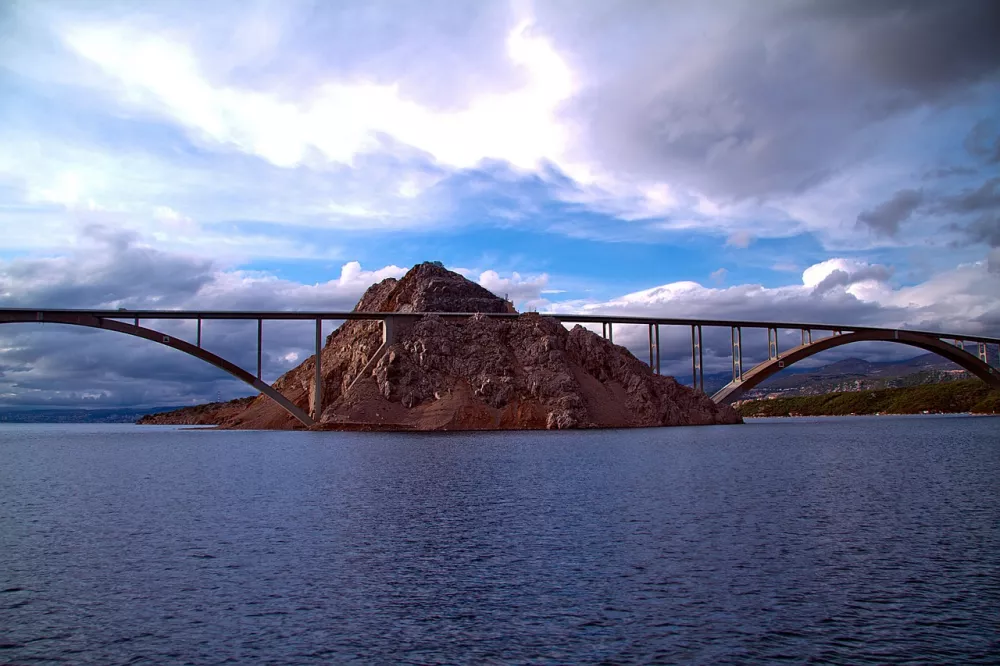
In Croatia, you can admire the beautiful nature, both the mountains and the coast. The coast of the Adriatic Sea, over 1,700 km long, is lined with more than 1,000 islands. The largest include Krk and Cres. Many tourists go to the islands thanks to the beautiful beaches, clear sea and historic cities. Among the most important cities rich in historical monuments are Dubrovnik, Split, Zadar and Pula.
The interior of Croatia offers diverse regions from the mountainous regions of the Dinaric Mountains to the fertile plains of Slavonia. The country has eight national parks, such as Plitvice Lakes with breathtaking waterfalls and turquoise lakes or Krka with a series of impressive waterfalls. Other natural attractions include Paklenica, Risnjak and Mljet.
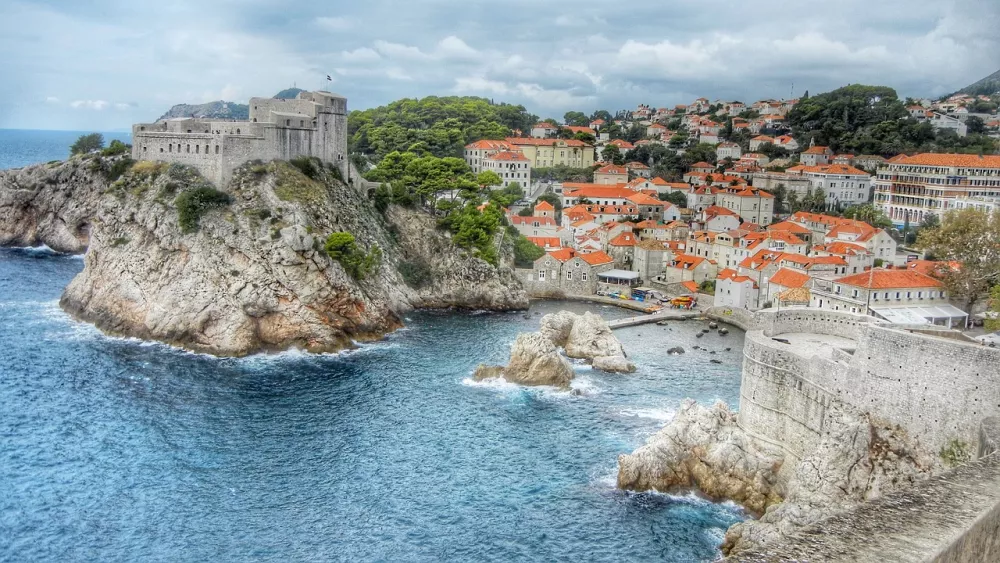
The diverse Croatian cuisine varies by region. Coastal areas are influenced by Mediterranean cuisine, dominated by fish, seafood, olive oil and wine. Typical dishes include grilled fish, clams (mussels) and pasticada (beef stewed in wine). Inland cuisine is more similar to Hungarian and Austrian gastronomy and includes dishes such as goulash, sausages and strudel.
The Croatian economy is highly dependent on tourism, which is the main source of income. Millions of tourists (in 2024 it was a record 21 million) visit Croatian coasts, islands and national parks every year. In addition, Croatia has a well-developed industry, agriculture, wine and olive oil production.
In recent years, Croatia has become a popular destination for film productions. For example, the city of Dubrovnik served as a backdrop for the famous series Game of Thrones.
